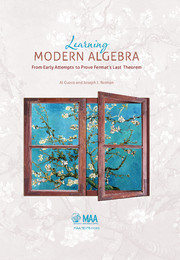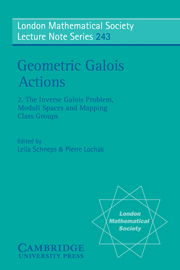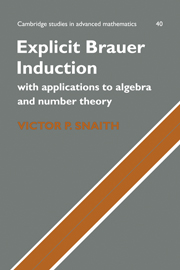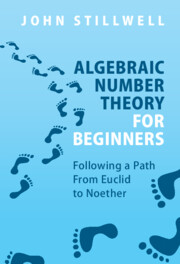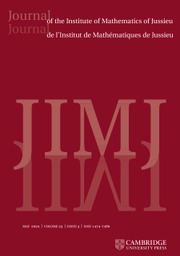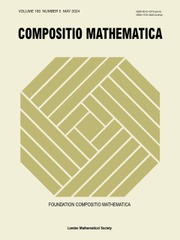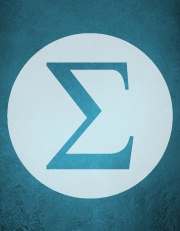Learning Modern Algebra
Much of modern algebra arose from attempts to prove Fermat's Last Theorem, which in turn has its roots in Diophantus' classification of Pythagorean triples. This book, designed for prospective and practising mathematics teachers, makes explicit connections between the ideas of abstract algebra and the mathematics taught at high-school level. Algebraic concepts are presented in historical order, and the book also demonstrates how other important themes in algebra arose from questions related to teaching. The focus is on number theory, polynomials, and commutative rings. Group theory is introduced near the end of the text to explain why generalisations of the quadratic formula do not exist for polynomials of high degree, allowing the reader to appreciate the work of Galois and Abel. Results are motivated with specific examples, and applications range from the theory of repeating decimals to the use of imaginary quadratic fields to construct problems with rational solutions.
- Designed for school-level mathematics teachers, but can also be used as a modern algebra coursebook
- Outlines the development of algebra from the Babylonian era to the present day
- Demonstrates how important themes in algebra arose from questions related to teaching
Product details
January 2015Hardback
9781939512017
480 pages
275 × 195 × 30 mm
1.08kg
This item is not supplied by Cambridge University Press in your region. Please contact Mathematical Association of America for availability.
Table of Contents
- Preface
- Some features of this book
- A note to students
- A note to instructors
- Notation
- 1. Early number theory
- 2. Induction
- 3. Renaissance
- 4. Modular arithmetic
- 5. Abstract algebra
- 6. Arithmetic of polynomials
- 7. Quotients, fields, and classical problems
- 8. Cyclotomic integers
- 9. Epilogue
- References
- Index.

